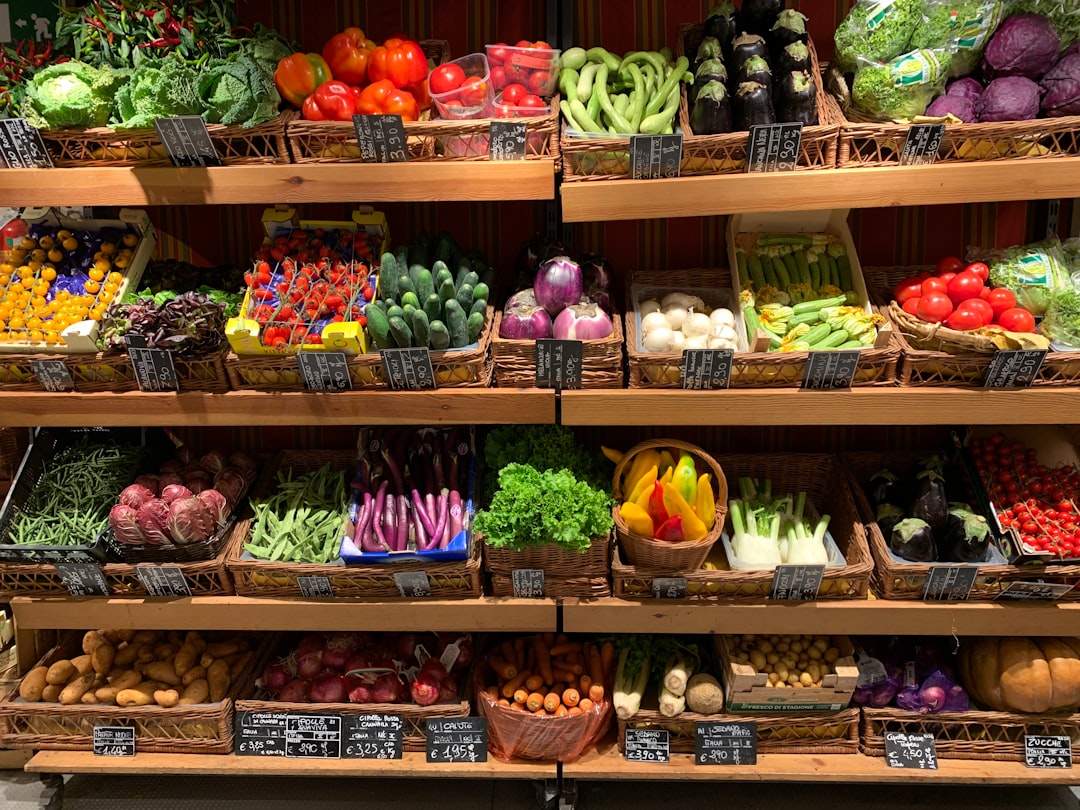Local food has become more than just a trending term—it’s a movement that resonates with community values, environmental consciousness, and a desire for fresher, healthier eating. In this post, we’ll explore what local food is, delve into the nuances of the term "local," and examine why it matters so much today.
Defining Local Food
What Qualifies as Local?
At its simplest, local food refers to food that is produced, processed, and distributed within a defined geographical area. However, pinning down an exact boundary is more complex than simply drawing a map line. Here are some key factors that come into play:
-
Proximity: Often, local food is associated with a certain radius from where it is sold. This could range from food grown within a few miles of a grocery store to products sourced within an entire region or state.
-
Production Methods: Local food is usually linked with small-scale and sustainable agricultural practices. These practices prioritize quality and environmental stewardship over maximizing production.
-
Direct Relationships: Often, local food systems focus on shortening the supply chain. Consumers may be more likely to interact directly with farmers and producers, establishing relationships and trust between food makers and their customers.
The definition might vary depending on context. For instance, in rural areas, the local food system might be centered around nearby farms, while in urban areas, local might extend a little further to encapsulate a city’s metropolitan region.
The Pillars of the Local Food Movement
Economic Benefits
Local food systems contribute significantly to local economies:
-
Supporting Small Businesses and Farms: Purchasing locally means that money frequently stays within the community, helping sustain family farms and small businesses.
-
Job Creation: Local food networks tend to be more labor-intensive, creating more job opportunities at the community level.
-
Resilience: Local economies can become more resilient in the face of global supply chain disruptions when communities rely on local sources.
Environmental Impacts
Local food can offer tangible environmental advantages:
-
Reduced Carbon Footprint: Foods that travel shorter distances produce fewer emissions related to transportation and storage.
-
Sustainable Farming Practices: Many local producers adopt organic or regenerative farming practices that promote soil health, reduce chemical inputs, and conserve water.
-
Seasonal Eating: Local food systems often encourage seasonal eating, which can help reduce reliance on energy-intensive methods used to grow out-of-season produce.
Social and Cultural Dimensions
Local food systems help forge stronger community bonds and cultural identities:
-
Community Engagement: Farmers’ markets and community-supported agriculture (CSA) programs create spaces for locals to gather, share, and foster community spirit.
-
Food Security: By diversifying food sources and encouraging local production, communities can become less dependent on volatile global supply chains.
-
Cultural Preservation: Local food often carries traditions and regional specialties. Preserving these foods contributes to maintaining cultural heritage and culinary diversity.
Challenges and Considerations
While the local food movement has many benefits, it’s important to acknowledge its limitations:
-
Accessibility: Local food may be less accessible or more expensive in urban areas due to limited availability or higher production costs.
-
Scalability: Small-scale local operations can struggle to meet the demand of large populations, potentially leading to higher prices and limited variety.
-
Standardization Issues: Regional definitions of “local” vary widely, and this ambiguity can sometimes confuse consumers about what qualifies as local food. Clear labeling and education are key to resolving this confusion.
Addressing these challenges requires collaboration among local governments, producers, and community organizations. Policies that support local agriculture, educational initiatives, and infrastructure improvements can help bolster local food networks and make them more resilient.
Looking to the Future of Local Food
Innovations and Technology
Technology and innovation are beginning to redefine local food systems:
-
Digital Platforms: Many communities are turning to digital platforms to connect consumers with local producers. These platforms simplify the ordering process, support transparency, and boost sales.
-
Urban Agriculture: Advances in urban farming, including rooftop gardens and vertical farming, are bringing locally grown produce into metropolitan areas where traditional farming is less feasible.
-
Sustainability Certifications: Emerging certification programs help to clearly define and verify local food standards. These standards assist consumers in making informed choices and bolster trust in local brands.
Cultivating a Local Food Identity
For local food systems to thrive, communities need to recognize and celebrate the value of locally produced foods. This involves not only consumption but also education about where food comes from and how it impacts the local economy and environment. Schools, media, and community events can play significant roles in fostering this local food identity, ensuring that future generations value sustainability, community, and cultural heritage.
Conclusion
Local food embodies more than just the idea of proximity; it is a vibrant tapestry woven from sustainable practices, economic empowerment, environmental stewardship, and cultural identity. By prioritizing local food systems, communities can foster resilience, promote health, and nurture deeper connections among people. Understanding what qualifies as "local" and appreciating its broader importance is a critical step toward building a more sustainable and inclusive food future. Whether you’re buying directly from a farmer or choosing a meal crafted from local ingredients, every choice you make strengthens a network that benefits us all.
Embracing local food is a journey toward a healthier community, a more robust local economy, and a sustainable planet. So next time you savor a locally sourced apple or bite into a freshly made loaf from a neighborhood bakery, remember: you’re not just enjoying food—you’re nurturing your community and supporting a vision of a brighter, more sustainable future.

Comments
No comments yet. Be the first to comment!
You must be logged in to comment. Login